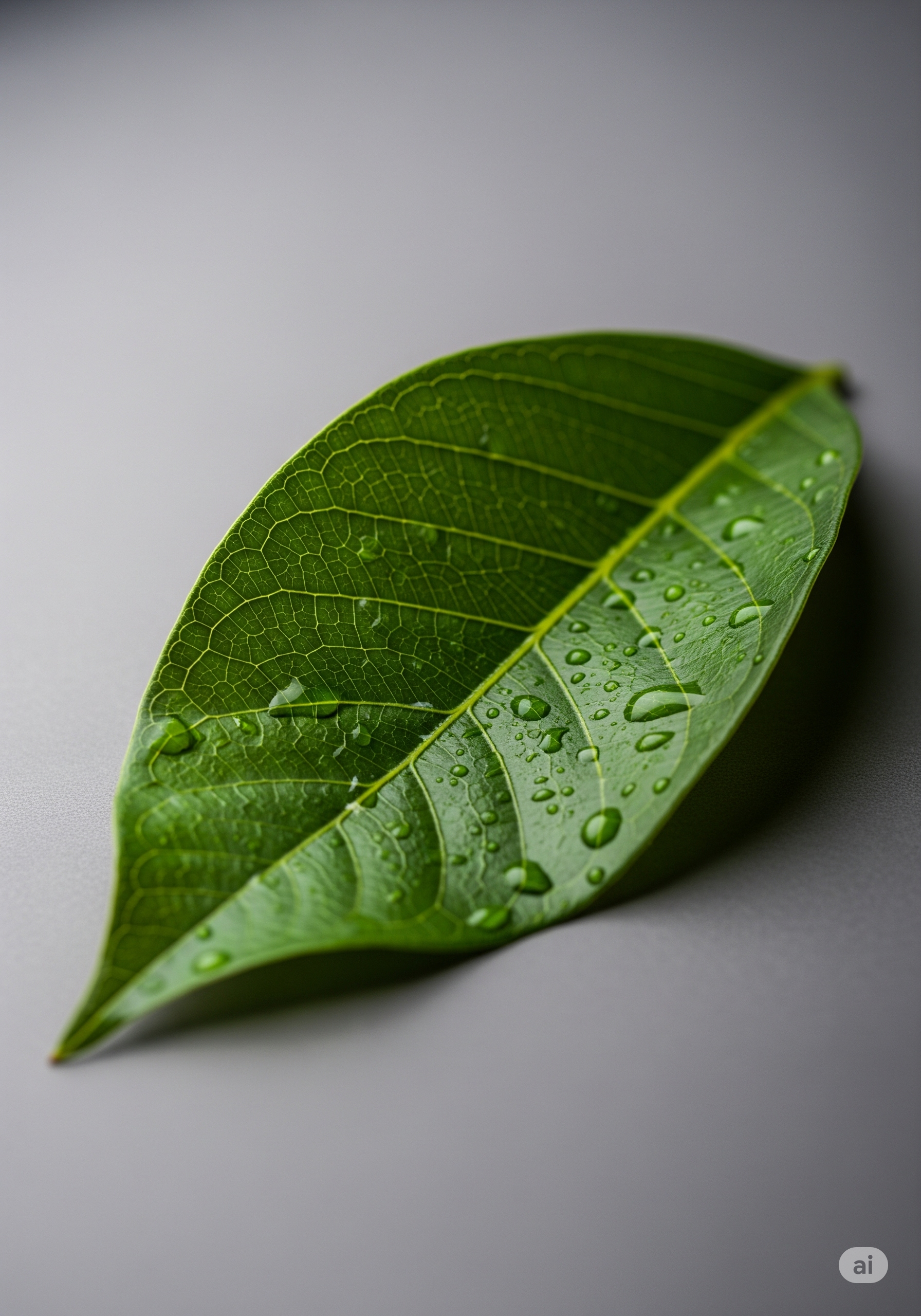Kei Apple (Kei Appelboom) #
Dovyalis caffra

Quick Info #
- Distribution & habitat: Eastern Cape, KwaZulu-Natal, Swaziland, Limpopo and Zimbabwe – coastal forest, bushveld and riverine thicket
- Family: Flacourtiaceae
- Florescence: November to December/January
- Fruiting: November to February
- Leaf habit: evergreen
- Name origin: Dovyalis is based on the Greek word for “spear”, and caffra comes from Kaffraria (Eastern Cape). Its prevalence in the area of the Kei river gives it its common name.
- Other names: amaqokolo (Ndebele), appelkoosdoring, motlhono (Northern Sotho), umHlabankunzi, unqokolo (Zulu), wild apricot, wilde-appelkoos
Description #
The beautiful kei apple tree is modestly-sized, reaching a maximum of 9 m in length. It is fairly resistant to drought and light frost. Young plants, however, need to be protected from frost for the first two years.
The kei apple tree’s grey branches are many per plant and have numerous strong, straight, light-grey thorns. These thorns are exceptionally prominent among young plants. The leathery, glossy, dark-green leaves are often densely clustered at the bases of these thorns.
The nectar-rich flowers are unassuming, creamy-green and without petals, and the males and females are on separate plants. The female flower consists only of an ovary and the male flower consists of a single whorl of stamens. Sometimes, however, flowers are monoclinous.
The bark is smooth on young branches, but grooved and laminar on older branches. The wood is white, dense and heavy. The abundantly-borne fruits are berries, roughly spherical though slightly flattened, and 4 cm in diameter. They are of a bright, light-yellow colour, glossy and hairless, though velvety on the surface.
Uses & Ecology #
The leaves are eaten by baboons, blue monkeys, bucks, bushbucks, cattle, duikers, kudus and nyalas.
The pulpy, tasty fruits, although somewhat acidic, are rich in vitamin C and used to make a delicious jam, sometimes with grapes added to counteract the sourness. The fruits can also be eaten fresh for a pleasant, sour kick, or pickled while still green. Various birds and some other animals enjoy the fruits. The larvae of the spotted rustic butterfly live on the leaves.
Kei apple trees are often planted to form decorative hedges. These hedges may serve the practical purpose of keeping unwanted visitors off the yard.
References #
- Ndou, P. (2003) Dovyalis caffra. Available at: https://pza.sanbi.org/dovyalis-caffra (Accessed: 20 September 2025)
- Coates Palgrave, K. & P. & M. (1989) Die Suid-Afrikaanse Boomgids. Johannesburg: Central News Agency.
- Letty, C. (1980) Ons eie boomboek. Cape Town: Tafelberg Publishers.
- Van Wyk, B & P. (1997) Field Guide to Trees of Southern Africa. Cape Town: Struik Publishers.
- Van Wyk, B. & P. (2008) Identifiseer die Bome van Suider-Afrika. Cape Town: Struik Publishers.
- Van Wyk, P. (1988) Veldgids tot die Bome van die Nasionale Krugerwildtuin. Cape Town: Struik Publishers.
- Venter, F & J.A. (2002) Benut on Inheemse Bome. Pretoria: Briza Publications.
Caution: Consult a qualified health practitioner before considering medically using or ingesting any plant parts. Any mentioned traditional uses are based on cultural practices and anecdotal evidence. They are not necessarily clinically proven or supported by modern scientific studies.